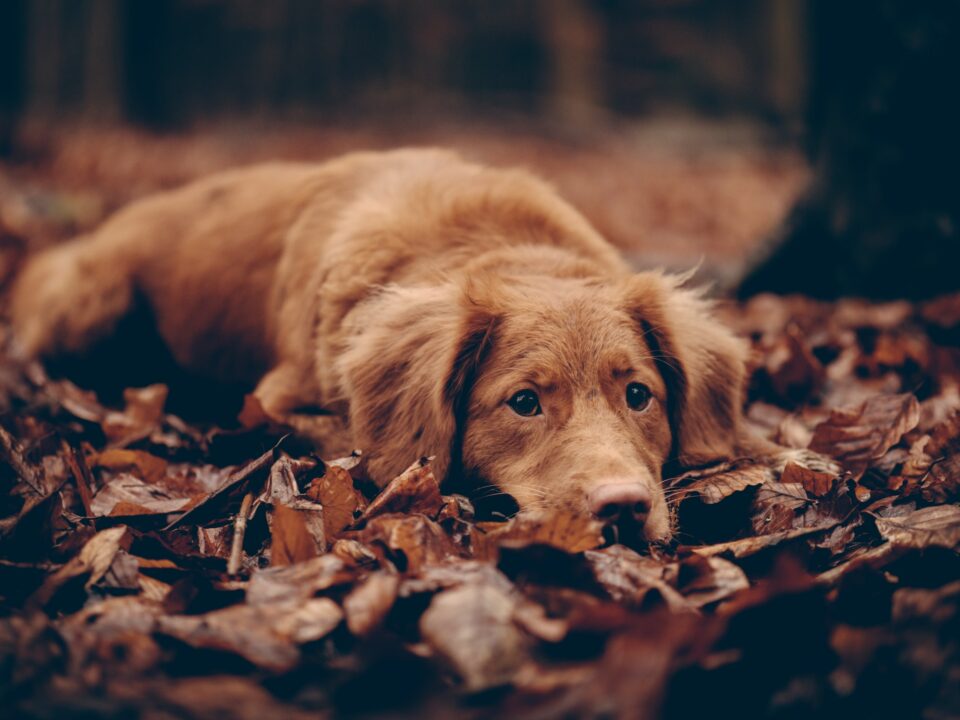Torn ACL in Dogs: Causes, Symptoms, and Treatment Options
The ACL is an important ligament in your dog’s knee, vital for stability and smooth movement. When it’s injured, it can cause significant pain and mobility issues. Knowing the causes of ACL tears, which can range from sudden traumatic incidents to gradual wear and tear, is critical to prevention and early intervention.
As you read on, you’ll discover the symptoms that indicate a possible ACL injury in your dog. This knowledge is essential for timely and accurate diagnosis. You’ll also explore various treatment options available for ACL injuries, from conservative management to surgical interventions. Each treatment has its own considerations and impacts on your dog’s recovery process.
Stay informed about this common canine condition to ensure you’re well-prepared to care for your dog if they ever experience an ACL injury. Keep reading to learn more about how best to support your furry friend through this challenging situation.
What is an ACL in Dogs?
The ACL in dogs, akin to that in humans, is a crucial ligament within the knee joint, essential for stabilizing the joint during movement. Its role is fundamental in ensuring mobility and activity in dogs. ACL injuries can severely impact a dog’s mobility and overall quality of life.
Certain breeds, like Labrador Retrievers and Rottweilers, are more prone to these injuries due to genetic factors and physical build.
Related: How to Treat an Open Wound on a Dog: First Aid Tips
Causes of ACL Tears in Dogs
ACL tears in dogs can be attributed to various factors. Genetics and breed predispositions play a significant role. Obesity and overweight can also lead to increased stress on the ligament.
Age-related wear and tear is another common cause, along with traumatic injuries or accidents. Inadequate exercise or excessive overexertion can further exacerbate the risk of ACL tears.
Recognizing Symptoms of an ACL Injury

Identifying an ACL injury early is key to effective treatment. Symptoms include limping or difficulty walking, noticeable swelling around the knee joint, and a reluctance to play or exercise. An audible clicking sound from the knee is another indicator. Behavioral changes due to pain can be observed in affected dogs.
Related: Natural Remedies for Dog Arthritis: Easing Canine Joint Discomfort
Diagnosis of ACL Injuries
Diagnosing an ACL injury involves a thorough physical examination by a veterinarian, often supplemented by imaging techniques like X-rays. Early and accurate diagnosis is crucial for the best treatment outcome. Differentiating an ACL tear from other leg injuries is essential, and pet owners play a vital role in recognizing and reporting early symptoms to the veterinarian.
Treatment Options: Non-Surgical
Non-surgical treatment options for ACL injuries include rest, restricted activity, physical therapy, knee braces or supports, and medications for pain and inflammation. These treatments are accompanied by long-term lifestyle adjustments to aid recovery and prevent future injuries.
Treatment Options: Surgical
Surgical procedures for ACL repair in dogs have evolved significantly, offering various options depending on the injury’s severity. Deciding when surgery is necessary typically depends on factors like the dog’s size, age, and activity level.
Post-operative care is crucial for recovery, involving rest, pain management, and gradual reintroduction to activity. While success rates are generally high, potential complications can occur. The cost of ACL surgery can vary, making it a significant consideration for many pet owners.
Post-Surgery Rehabilitation
Post-surgery rehabilitation is essential for a successful recovery from an ACL injury. This phase typically includes physical therapy exercises designed to regain strength and mobility in the injured leg. Home care tips are vital for ensuring a smooth recovery, such as creating a comfortable resting area and managing the dog’s pain and movement.
Regular follow-up visits to the vet are necessary to monitor the healing process, and owners should be vigilant for signs of successful recovery or any complications.
Looking for a plant-based, holistic approach to helping your dog while they recover from an ACL injury? Joint & Bone Ointment for Injuries from Gou Gou Pets is just what you’re looking for!
Preventing ACL Injuries
Preventing ACL injuries involves maintaining a healthy weight through a balanced diet and regular exercise. Appropriate exercise strengthens the muscles around the knee joint and helps prevent obesity, a significant risk factor for ACL tears.
Nutritional support, particularly for joint health, can also be beneficial. Regular veterinary check-ups can help in early detection and prevention of ACL issues.
Related: Natural Anti-Inflammatory for Dogs: Safe and Effective Remedies
Living with an ACL Injury
Living with an ACL injury requires adjustments in lifestyle and activity levels. Long-term care is often necessary, especially for managing chronic pain and ensuring the dog’s quality of life. This may include ongoing medication, physical therapy, and lifestyle adjustments.
Supportive care from pet owners, understanding their pet’s limitations and needs, is essential for dogs with chronic ACL injuries.
Owner Education and Awareness
Educating pet owners about ACL injuries is vital for early detection and effective treatment. Recognizing the early signs and seeking timely veterinary care can significantly impact the outcome, and understanding the impact of ACL injuries on a dog’s life helps owners make informed decisions about care and management.
If your dog suffers from an ACL injury, they will need some comfort. Make sure to pick up Joint Comforting Shampoo from Gou Gou Pets so that you can make their recovery much more comfortable.
Navigating ACL Injuries in Dogs
ACL injuries, ranging from partial tears to complete ruptures, can significantly impact a dog’s mobility and overall quality of life. Recognizing the signs early and understanding the causes can greatly aid in timely and effective treatment.
The importance of proper care and treatment following an ACL injury is significant. Whether the chosen path is surgical or non-surgical, each treatment plan requires commitment and understanding from the dog owner. Post-treatment care, including rehabilitation and therapy, is critical in a dog’s recovery and return to normal activity levels.
~Veterinarian Recommended